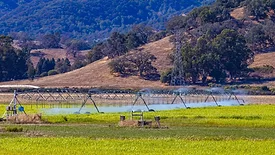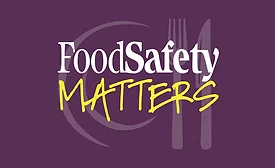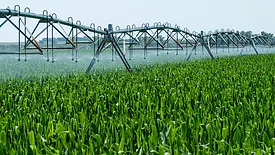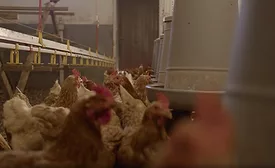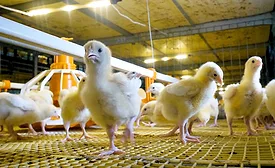Home » Keywords: » Pre-harvest
Items Tagged with 'Pre-harvest'
ARTICLES
A Critical Look at Reducing the Risk of Salmonella from Poultry—Part 1
There is a need to address Salmonella at pre-harvest, in addition to the current practice of minimizing the risk during processing
August 15, 2022
Never miss the latest news and trends driving the food safety industry
eNewsletter | Website | eMagazine
JOIN TODAY!Copyright ©2025. All Rights Reserved BNP Media.
Design, CMS, Hosting & Web Development :: ePublishing
